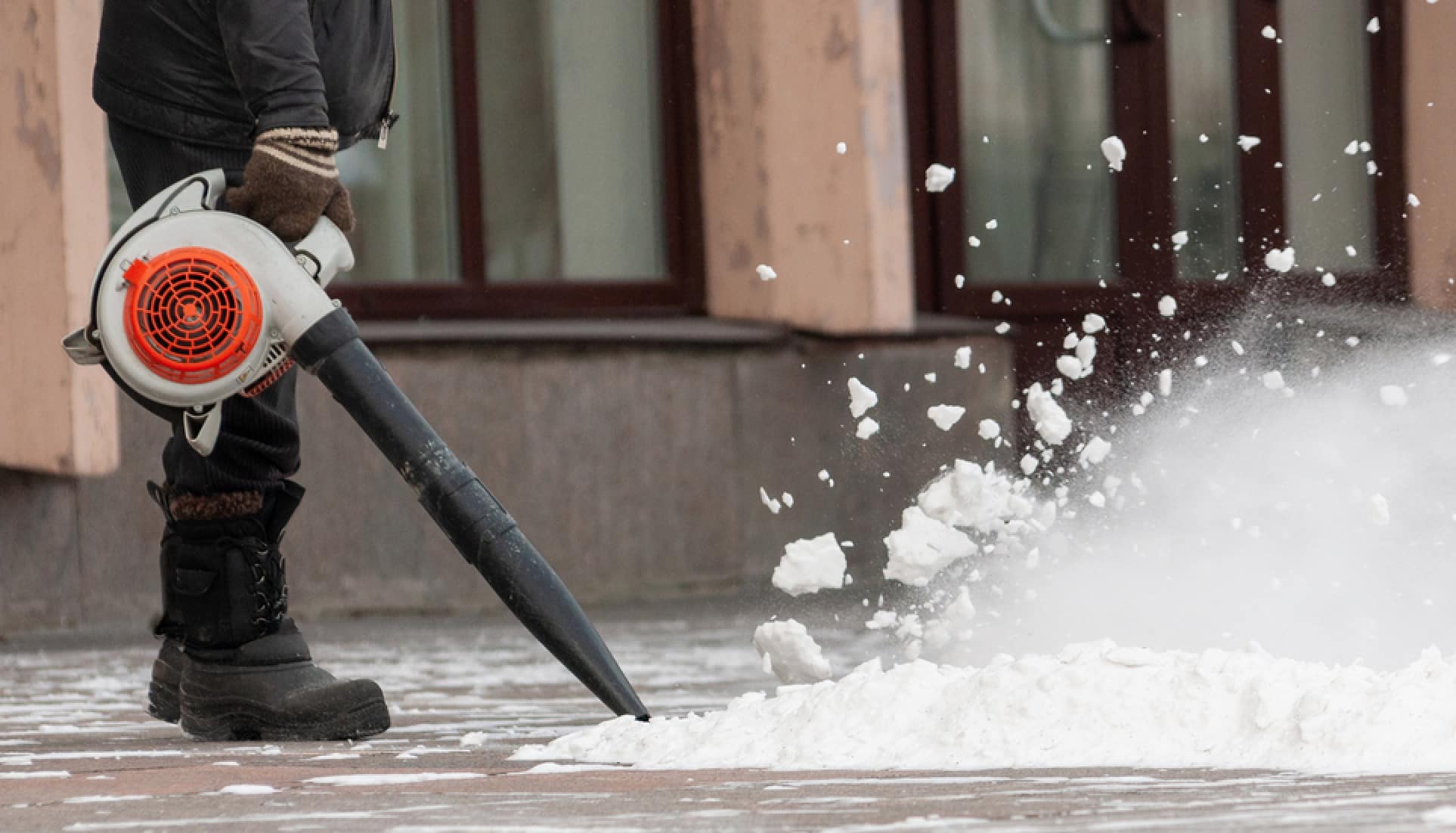| Question | Good CFM for a Leaf Blower |
| Answer | Depends on Usage Requirements |
| More Info | 1. Small Yards or Light Debris: 200-400 CFM is usually sufficient. 2. Medium Yards or Moderate Debris: 400-700 CFM is appropriate for most residential uses. 3. Large Areas or Heavy Debris: 700+ CFM is better for large or heavily wooded areas. |
What is CFM?
CFM is a figure or rating that’s used to measure the leaf blower’s airflow. It stands for Cubic Feet per Minute. This is the volume of air that passes a certain point in a minute.
CFM can be a hard rate to visualize. The best way to do so would be to imagine a vessel that’s 1000 cubic feet. If an extractor fan was placed in the vessel and it was able to replace all the air every minute, the fan would have a 1000 CFM rating.
A leaf blower with a CFM of 1000 would also be able to replace the air in the vessel in one minute. CFM is, therefore, a measure of how much air goes through the leaf blower. Total MPH is also an important consideration where choosing a leaf blower. Here’s more on CFM vs MPH in a leaf blower.
Leaf blower CFM
Leaf blowers vary a lot and can be small handheld devices, backpack leaf blowers, or large wheeled models. When buying a leaf blower, there is also a choice of power sources, including electric, battery power, or gas.
The CFM varies from product to product and will depend on the leaf blower’s motor’s size and power.
Handheld leaf blowers
Many brands of leaf blowers are designed so that they can be handheld and easy to use for the average homeowner. These models are generally lightweight, making them easy to move around. They can also fit small spaces. Handheld leaf blowers usually have a CFM of between 350 and 600.
Electric Leaf blowers
Electric leaf blowers that have a cord and need to be plugged into a power outlet have a CFM that starts at 225. Many people would argue that this isn’t powerful enough, especially if you want to be able to move large amounts of leaves.
More powerful corded electric leaf blowers have a CFM of up to 470. Many people prefer a corded model as they are lighter than battery powered or gas powered leaf blowers, making them easy to use. Another benefit is that you won’t need to stop for recharging or to re-fuel. Corded leaf blowers are very affordable, are long-lasting, and require almost no maintenance.
Battery-powered leaf blower
Cordless leaf blowers powered by a battery have a slightly higher CFM ranging from between 350 to 580. Battery powered blowers are generally slightly more expensive than those with cords. They can be run for anywhere from twenty to sixty minutes. The disadvantage of a battery powered leaf blower is that the battery will have a limited lifespan, which means they will need to be replaced, which can prove costly.
Gas-powered leaf blowers
Gas powered leaf blowers are used by professional gardeners and have a CFM similar to handheld leaf blower models. They are noisy and smelly and are best used by people who have extensive yards.
Conclusion:
Anything at 350 to 600 CFM is good for a leaf blower. If you buy a leaf blower with a CFM lower than 350, it may not be powerful enough for your needs. There are some leaf blowers on the market with low CFM ratings, but these are more suitable for moving small amounts of leaves from a path or patio rather than shifting lots of leaves from your property.
Gas powered leaf blowers have higher CFM ratings, which make them very powerful and useful if you want to move branches, twigs, and acorns as well as piles of fallen leaves. This type of leaf blower is more suitable for professionals or people with larger yards.
For most people, an electric leaf blower with a CFM of between 350 and 500 will suffice. These are suitable for small to medium sized yard and can be easily used by the average homeowner. It’s essential to consider both the CFM and the MPH before choosing which leaf blower is right for you.
